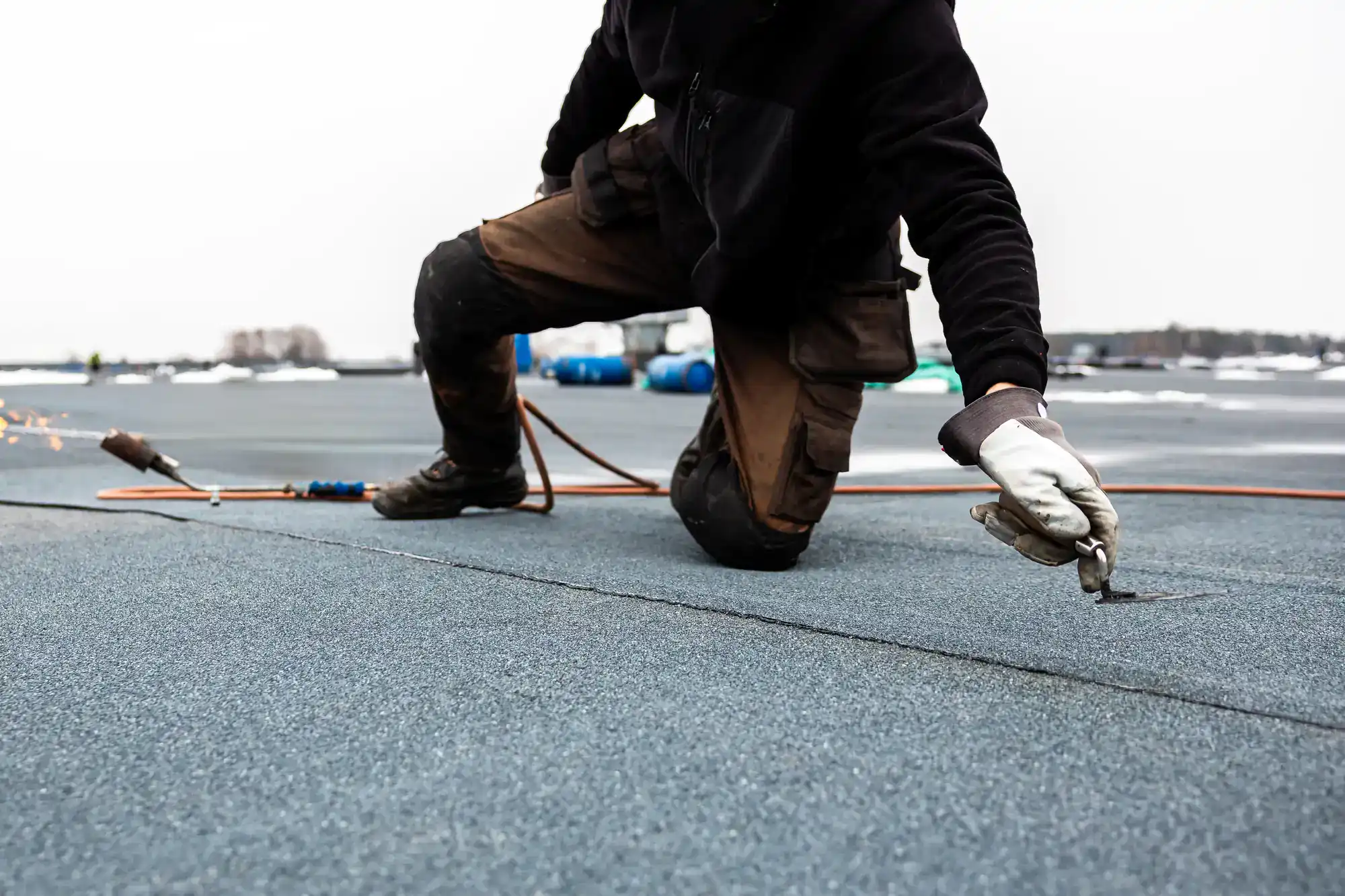
Hear from Our Customers
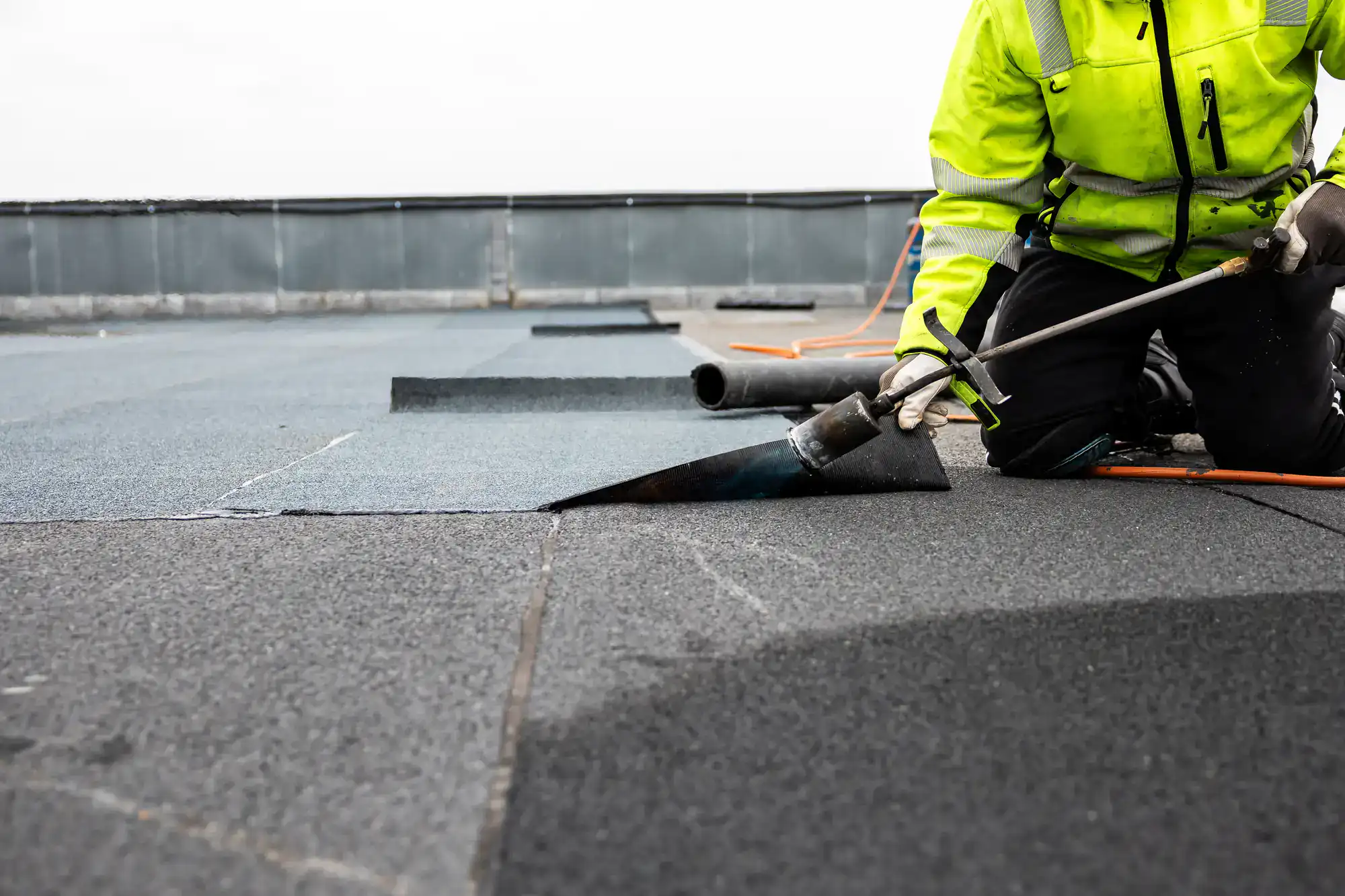
You get a flat roof that handles everything Long Island weather throws at it. No more emergency calls during storms or surprise water stains on your ceiling.
Your property stays dry, your investment stays protected, and you sleep better knowing your roof won’t fail when you need it most. Whether it’s a small residential flat section or a large commercial building, proper installation and materials make the difference between years of reliability and constant headaches.
The right flat roofing system gives you decades of protection, not just a temporary fix that’ll need attention again next season.
Expressway Roofing and Chimney Inc has been handling flat roofing projects across Long Island for years. We understand what coastal weather does to roofing materials and which systems hold up best in this climate.
You’re not getting a generic approach from a company that treats every roof the same. We know the challenges that come with Hamptons properties – from salt air exposure to seasonal weather extremes.
Our team specializes in flat and low-slope systems because that’s what works here. We’ve seen what fails and what lasts, so you get solutions based on real experience, not sales pitches.
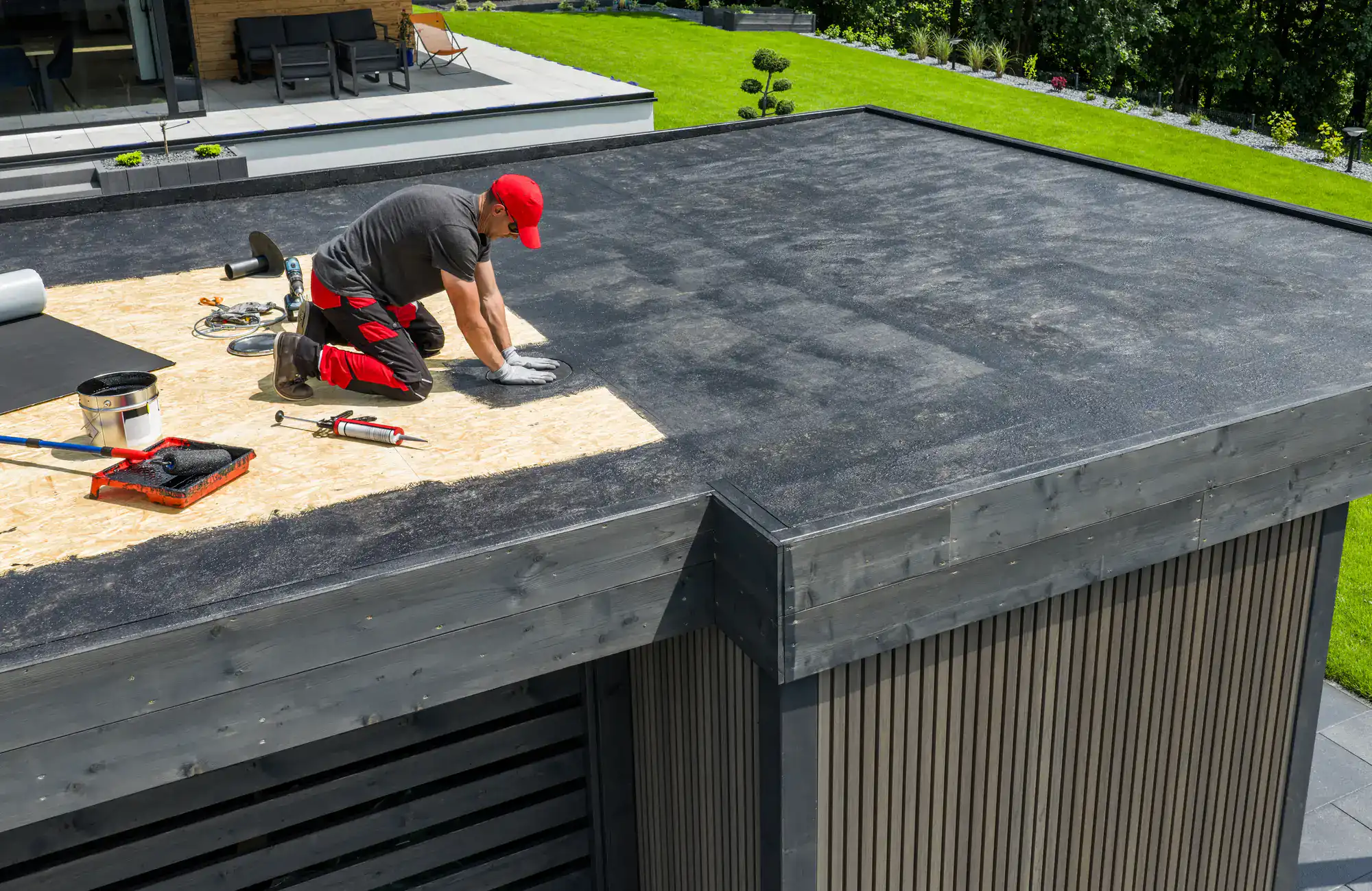
First, we inspect your current roof condition and explain exactly what needs to be done. No surprises, no upselling – just honest assessment of what you’re dealing with.
Next, we remove old materials if needed and prepare the surface properly. This step matters more than most people realize because shortcuts here cause problems later.
Then we install your new flat roofing system using materials suited for Long Island’s climate. Whether it’s TPO, EPDM rubber roofing, or modified bitumen, we match the system to your building’s needs and your budget.
Finally, we clean up completely and walk you through your new roof so you know what to expect going forward.
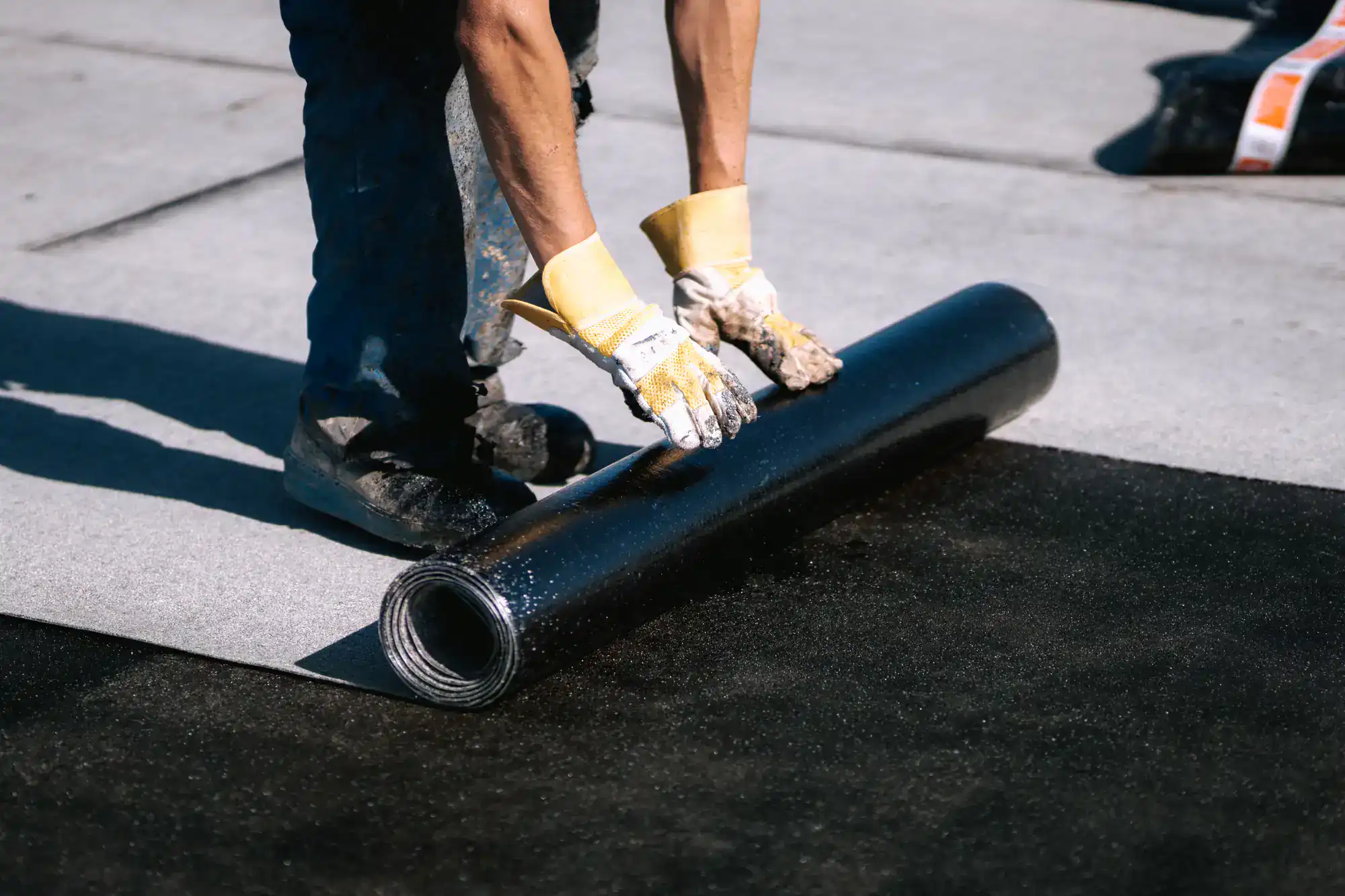
Ready to get started?
We use TPO roofing that reflects heat and resists UV damage from intense summer sun. EPDM rubber roofing that stays flexible through temperature changes and handles ponding water without deteriorating.
Modified bitumen systems provide multiple layers of protection with proven durability for Long Island conditions. We also offer flat roof coating services to extend the life of existing systems and improve energy efficiency.
For commercial properties in Wainscott, we handle larger flat roof installations with proper drainage systems and access considerations. Emergency flat roof leak detection and repair services are available because we know roof problems don’t wait for convenient timing.
Each material choice depends on your building type, budget, and long-term goals. We explain the differences so you can make an informed decision.
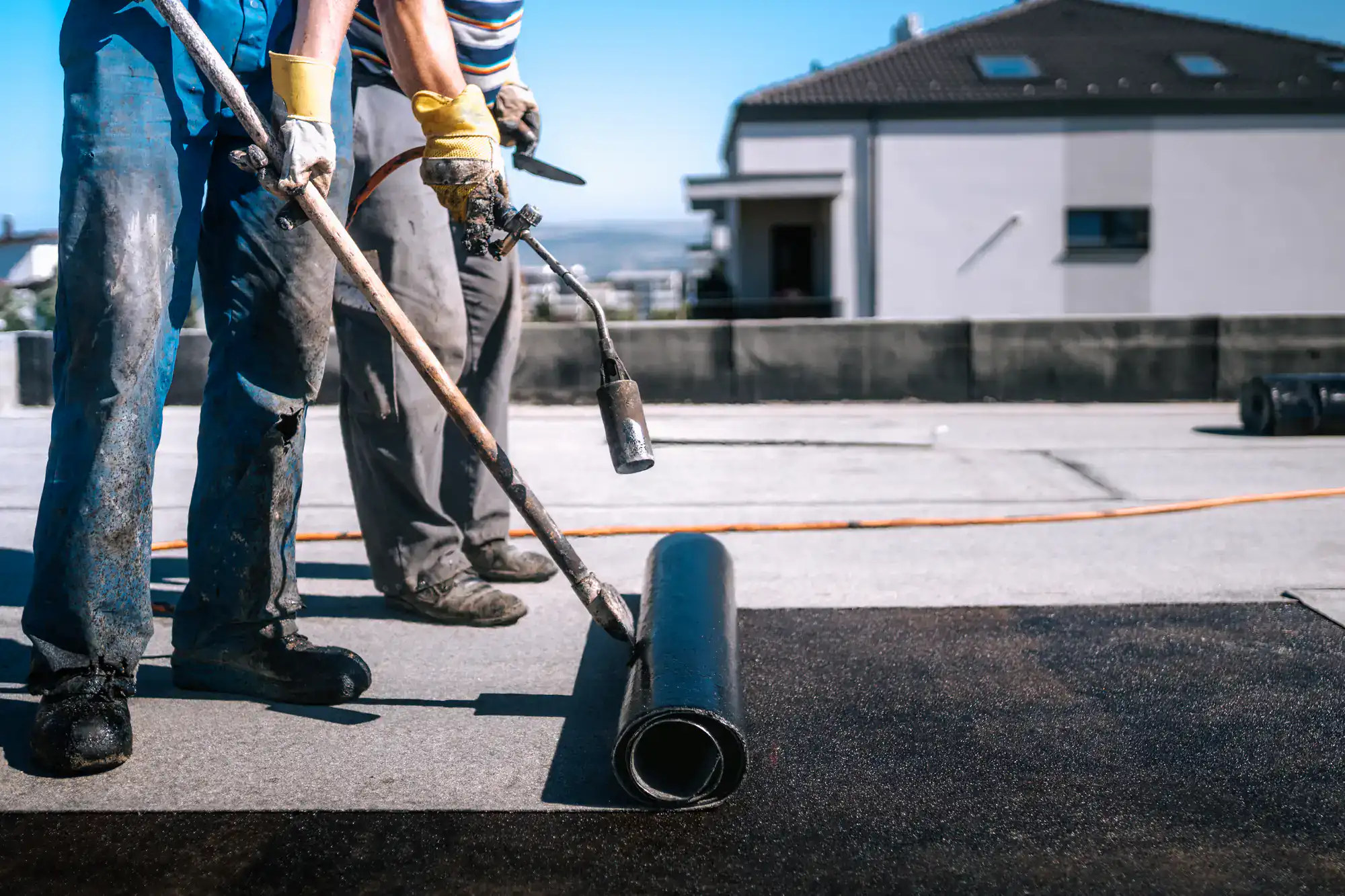
A properly installed flat roof typically lasts 15-25 years in Long Island’s coastal environment, depending on the material and maintenance. TPO and EPDM systems often reach the higher end of this range when installed correctly.
Salt air and temperature fluctuations affect all roofing materials, but quality flat roofing systems are designed to handle these conditions. Regular inspections and minor maintenance can extend lifespan significantly.
The key is using materials rated for coastal exposure and ensuring proper installation from the start. Cheap materials or poor installation techniques will cut that lifespan in half.
TPO (thermoplastic polyolefin) is a white, reflective membrane that helps reduce cooling costs and resists UV damage. It’s heat-welded at the seams, creating strong, watertight connections.
EPDM (ethylene propylene diene monomer) is a black rubber membrane that’s extremely durable and handles temperature changes well. It’s typically adhered or mechanically fastened, depending on the application.
Both work well for Long Island properties, but TPO often makes more sense for buildings where energy efficiency matters, while EPDM excels in situations requiring maximum durability and puncture resistance.
We start with a systematic inspection to locate the exact source of leaks, which isn’t always obvious on flat roofs. Water can travel along the roof deck before showing up inside, making proper detection crucial.
For emergency situations, we provide temporary weatherproofing to prevent further damage while scheduling permanent repairs. This protects your property immediately while ensuring the permanent fix is done right.
Our leak detection process includes checking all penetrations, seams, and drainage areas since these are common failure points. We explain what we find and provide options for both immediate fixes and long-term solutions.
If your roof is less than 10 years old with localized damage, repairs often make sense. For roofs approaching 15-20 years with multiple problem areas, replacement typically provides better long-term value.
We evaluate the overall condition, not just the immediate problem. Sometimes what looks like a simple repair reveals underlying issues that make replacement the smarter choice financially.
Age, extent of damage, and your future plans for the property all factor into this decision. We’ll give you honest assessment of both options with realistic cost comparisons so you can decide what works best for your situation.
Acrylic coatings work well for most residential flat roofs here, providing UV protection and moderate waterproofing enhancement. They’re cost-effective for extending roof life when the underlying system is still sound.
Silicone coatings excel in areas with ponding water issues and provide superior weather resistance for Long Island’s climate. They’re more expensive but offer longer-lasting protection.
Elastomeric coatings provide flexibility and durability for roofs that experience significant temperature fluctuations. The right choice depends on your roof’s current condition, drainage characteristics, and budget for the project.
Flat roof installation typically ranges from $8-15 per square foot for residential projects, depending on materials, roof complexity, and current condition. Commercial projects may vary based on size and access requirements.
TPO systems generally cost less upfront than EPDM or modified bitumen, but long-term value depends on your specific situation. Factors like roof size, height, accessibility, and removal requirements all affect final pricing.
We provide detailed estimates that break down material and labor costs so you understand exactly what you’re paying for. Emergency repairs are priced separately and depend on the extent of damage and materials needed for immediate weatherproofing.